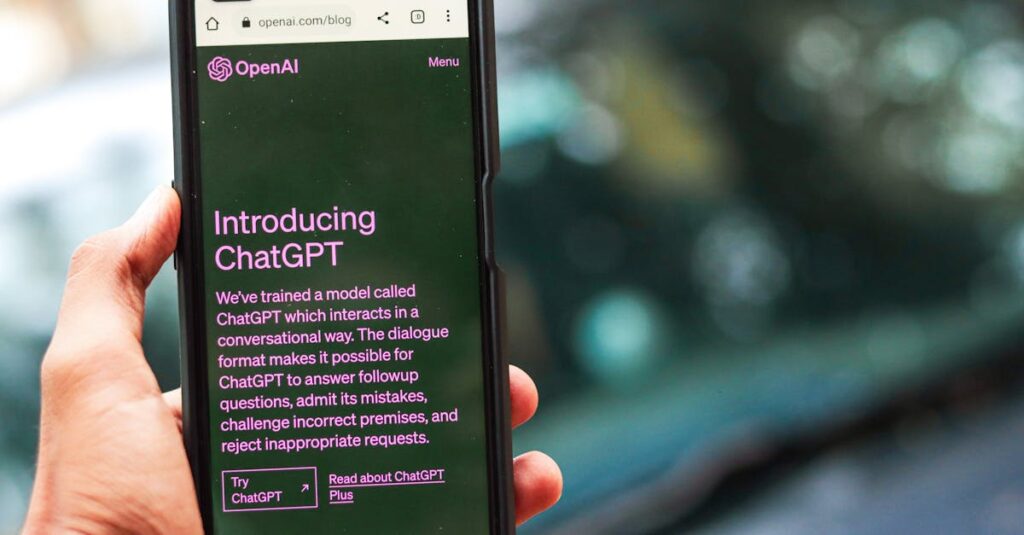Introduction
Ever felt like you were stuck in an endless loop of hold music, waiting for customer support to pick up? We’ve all been there. But in the last few years, something has changed, chatbots. These handy little digital assistants are transforming the customer service world, and they’re making a big difference in how businesses interact with customers.
It’s not just about replacing humans with machines; it’s about making customer service faster, more efficient, and even a little bit smarter. But how exactly are chatbots doing this? Let’s explore their role in today’s customer service landscape.
How Chatbots Improve Customer Service
Speed and Efficiency
Imagine you’re trying to resolve an issue with your internet provider. You’ve got a question about your billing, and you want a fast answer. Instead of waiting 10 minutes (or more) for someone to pick up the phone, you hop onto a live chat. The chatbot responds within seconds and, even better, it already knows who you are and can pull up your account information.
That’s one of the key advantages of chatbots, they can offer immediate responses, no waiting around. While human agents might need a few minutes to look up your details, chatbots can access databases, process information, and provide answers almost instantly.
This not only speeds up the process for customers but also allows businesses to handle higher volumes of inquiries simultaneously. While a team of humans can only speak to one customer at a time, a chatbot can handle hundreds, even thousands, in the same amount of time.
24/7 Availability
Another game-changer? Chatbots never sleep. Whether it’s midnight or 3 AM, a chatbot is there, ready to help. For businesses that have a global reach or serve customers across different time zones, this kind of availability is crucial.
Take e-commerce, for example. A customer in Australia might need assistance while the main office is closed in the U.S. In the past, that might have meant a delayed response or, worse, no help at all until the next business day. With chatbots, customers can get answers, place orders, or even troubleshoot problems any time they need it.
Handling Routine Inquiries
Let’s face it, most of the questions customers ask are repetitive. Things like “What are your hours?” or “How do I reset my password?” These types of inquiries may seem small, but when multiplied by hundreds or thousands of customers, they add up quickly. Chatbots excel in this area, handling the routine stuff without breaking a sweat.
In many cases, customers don’t need to speak to a human at all. A chatbot can quickly answer these common questions or guide users through simple processes like ordering a product or updating their details. This allows human agents to focus on more complex issues that require a personal touch.
Chatbots and Customer Satisfaction
Personalized Experiences
Now, you might be thinking, “Chatbots sound efficient, but can they really personalize the experience?” The answer is yes, and they’re getting better at it every day. While a chatbot can’t offer the same empathetic responses as a human, it can still provide a tailored experience based on the information it has access to.
For example, if a customer is interacting with a bot for technical support, the chatbot can ask relevant questions based on their previous interactions or the product they’re using. This makes the conversation feel more personalized and helps the customer feel like they’re getting the right support at the right time.
Some chatbots even use machine learning to improve their responses over time. The more they interact with customers, the better they get at predicting what users want and offering solutions proactively. It’s like a virtual assistant that’s constantly learning, ensuring that each interaction is a little smoother than the last.
Reducing Frustration
If you’ve ever had a frustrating experience with customer service, you know how important it is to feel heard and understood. Chatbots may not have the emotional intelligence of a human, but they can reduce frustration in some key ways. They can instantly escalate issues to human agents when needed, so customers don’t get stuck trying to explain the same problem over and over.
Some chatbots are designed with natural language processing (NLP) to understand complex customer queries. This helps avoid the annoyance of having to rephrase your question multiple times. By using better language recognition and handling more types of requests, chatbots can create a smoother, more efficient experience for customers.
Challenges and Considerations
When Chatbots Miss the Mark
Of course, chatbots aren’t perfect. While they shine at answering basic questions or completing straightforward tasks, they can struggle with anything beyond that. If a customer has a particularly unique or complicated issue, the chatbot might not be able to help effectively.
And let’s not forget about the occasional glitch. Anyone who has used a chatbot has probably experienced a frustrating moment when the bot either misunderstood a request or gave an irrelevant answer. These hiccups can leave customers feeling like they’re talking to a brick wall, which defeats the purpose of customer service.
Balancing Automation with Human Touch
One of the main criticisms of chatbots is that they can feel impersonal. After all, some customers still prefer talking to a human when their issue requires empathy or more nuanced understanding. This is why businesses need to strike a balance between automation and the human touch. Chatbots should handle the easy stuff and direct customers to human agents when things get more complex.
Conclusion
In the ever-evolving world of customer service, chatbots have quickly become a key player. They offer speed, efficiency, and 24/7 availability, all while handling the repetitive questions that can bog down human agents. But they also face challenges, especially when it comes to complex issues or maintaining a personal touch.
The key takeaway? Chatbots are fantastic tools for streamlining service, but they work best when paired with human support. The future of customer service isn’t about choosing one or the other, it’s about using both to create a seamless, efficient experience for customers. So, the next time you get a chatbot on the other end of the line, remember: It’s not here to replace humans. It’s here to make sure your question gets answered, fast.

